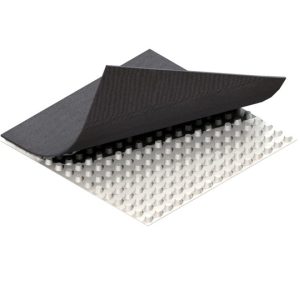What Does Rain mm Mean? Understanding Precipitation Measurement
What Does Rain mm Mean?
When you hear weather forecasts mentioning rainfall in millimeters (mm), it refers to the depth of rainwater collected on a flat surface. This standardized precipitation measurement helps compare data globally. For example, 1 mm of rain equals 1 liter of water per square meter.
How Rainfall Measurement Works
Meteorologists use rain gauges to measure precipitation. These devices collect rainwater, allowing accurate readings in millimeters. Understanding rain mm meaning is essential for agriculture, hydrology, and daily planning.
Why Millimeters Are Used
Millimeters provide a precise, universal unit for rainfall intensity. Light rain might be under 2.5 mm/hour, while heavy rain exceeds 7.5 mm/hour. This system simplifies communication across regions and applications.
Common Questions About Rain mm
What does 10 mm of rain mean?
It indicates moderate rainfall, equivalent to 10 liters of water per square meter—enough to soak soil without major flooding.
How is rain measured in mm?
Using a calibrated rain gauge that collects and measures water depth accurately over time.
Apply This Knowledge
Next time you check the forecast, you’ll understand precipitation levels better. For detailed guides on weather instruments, explore our resources!


